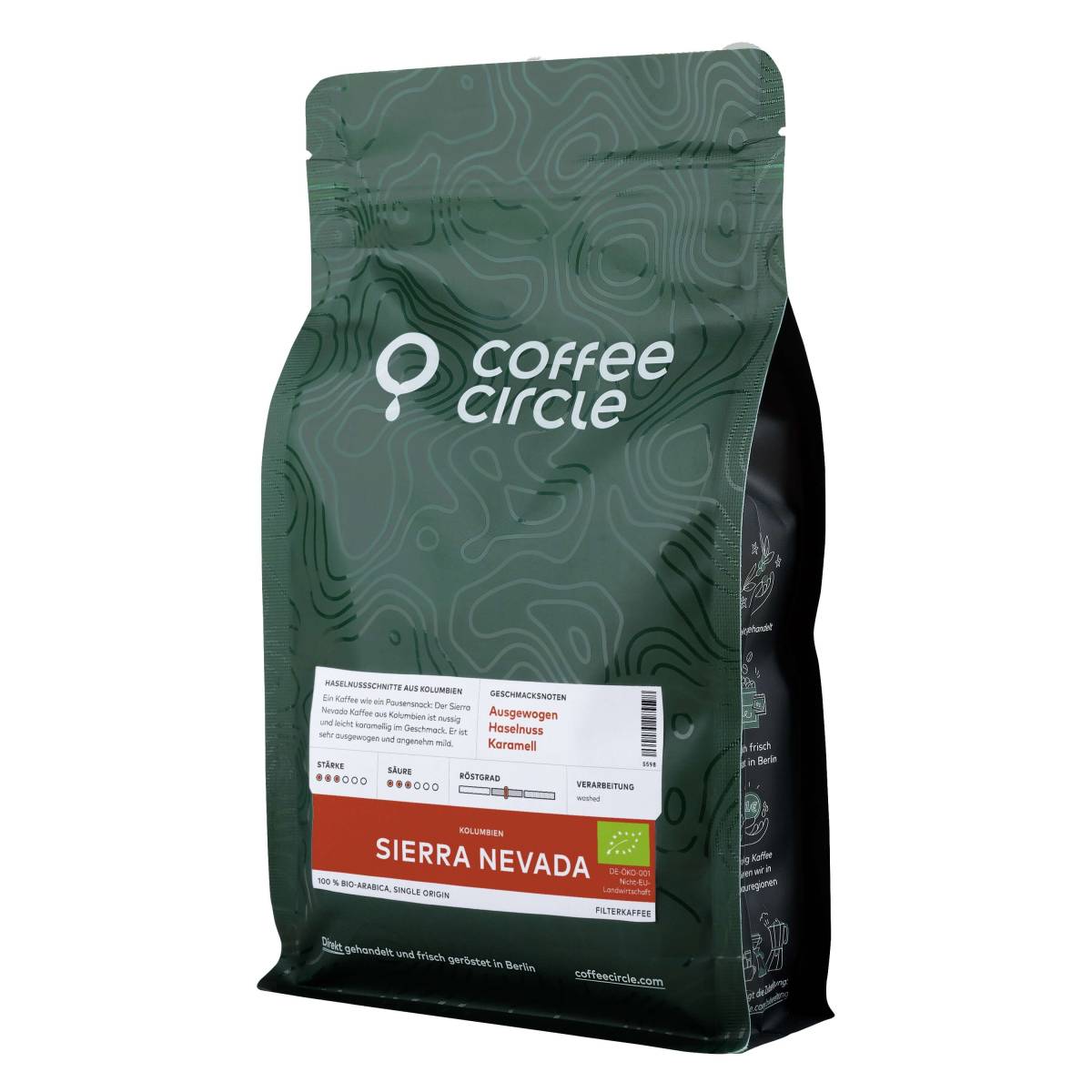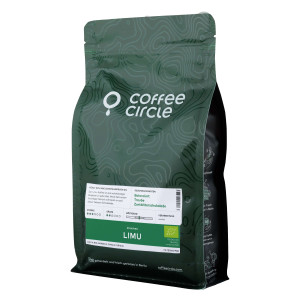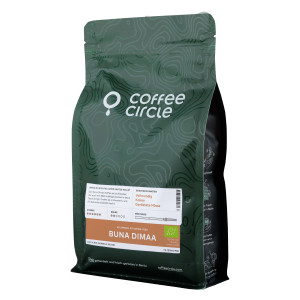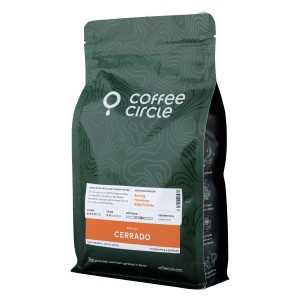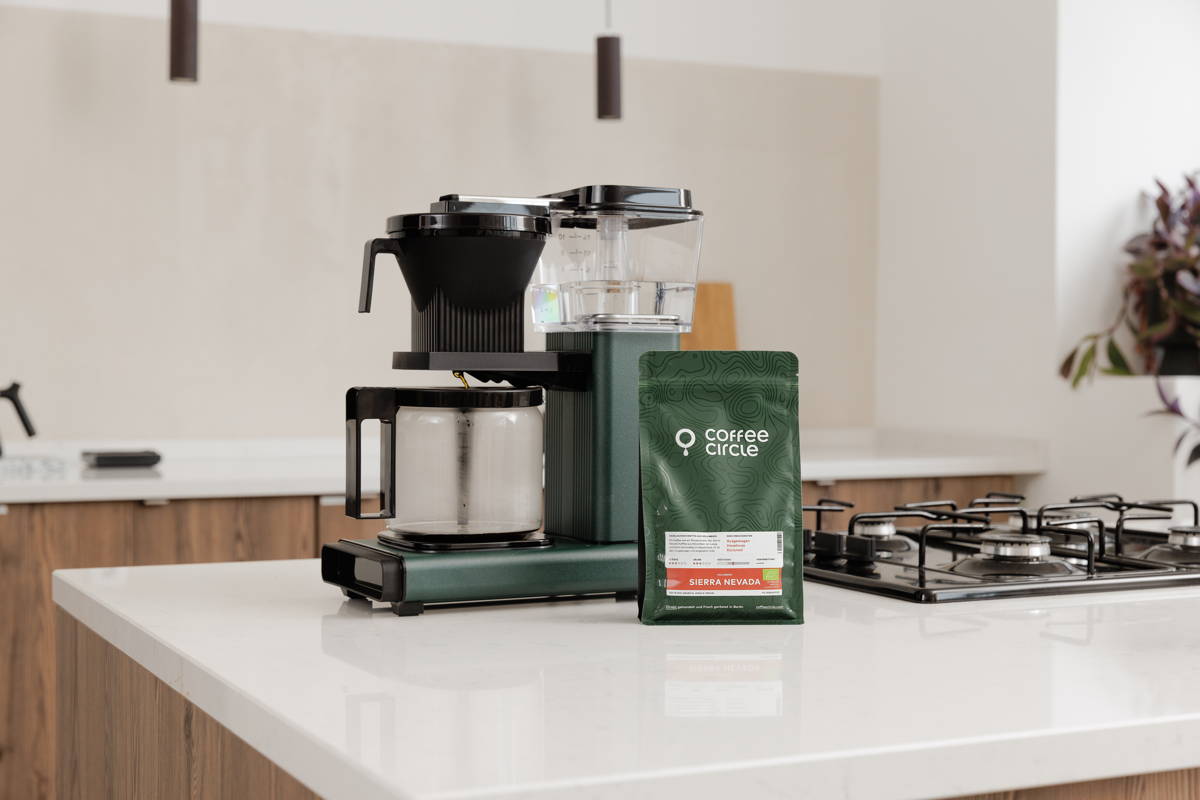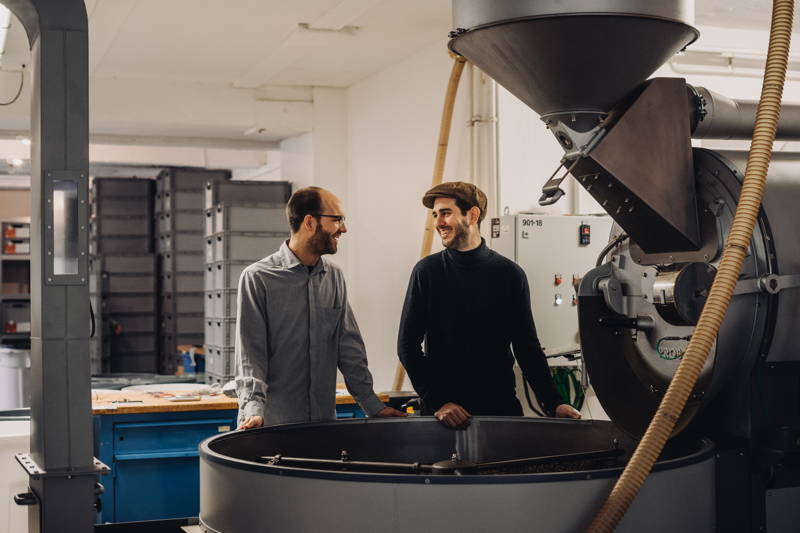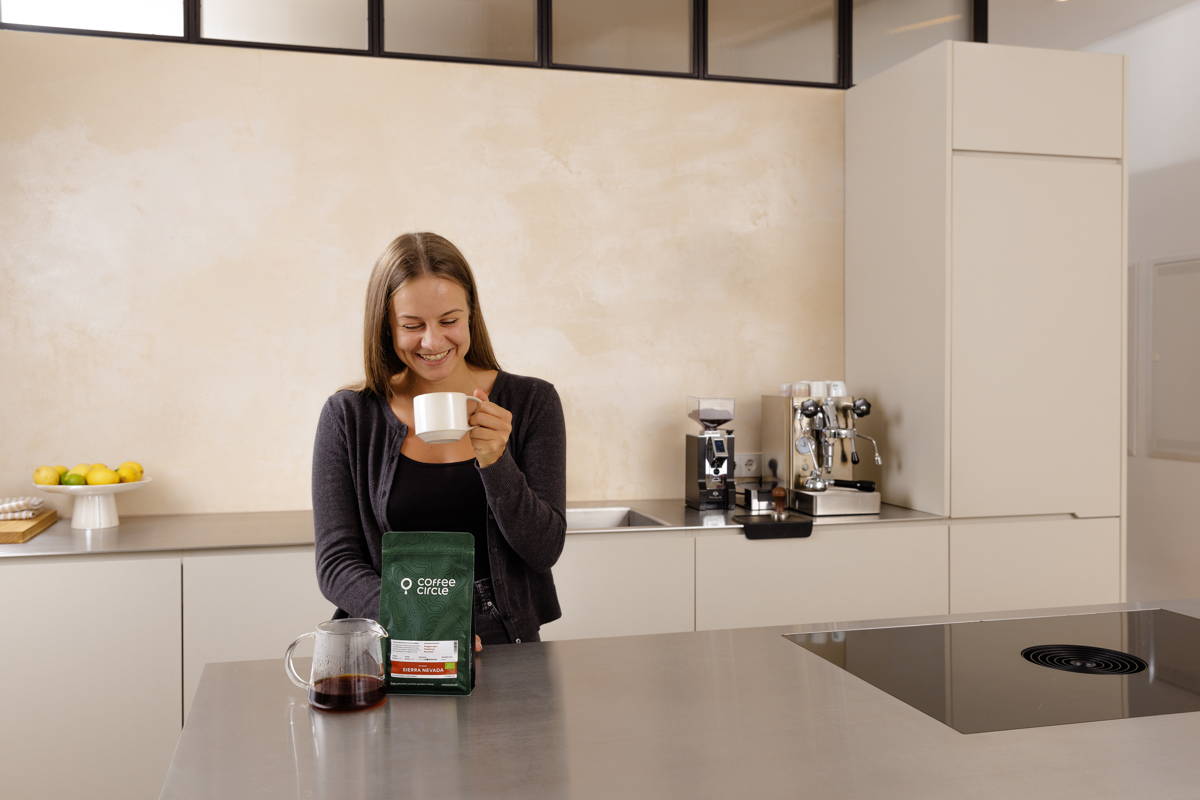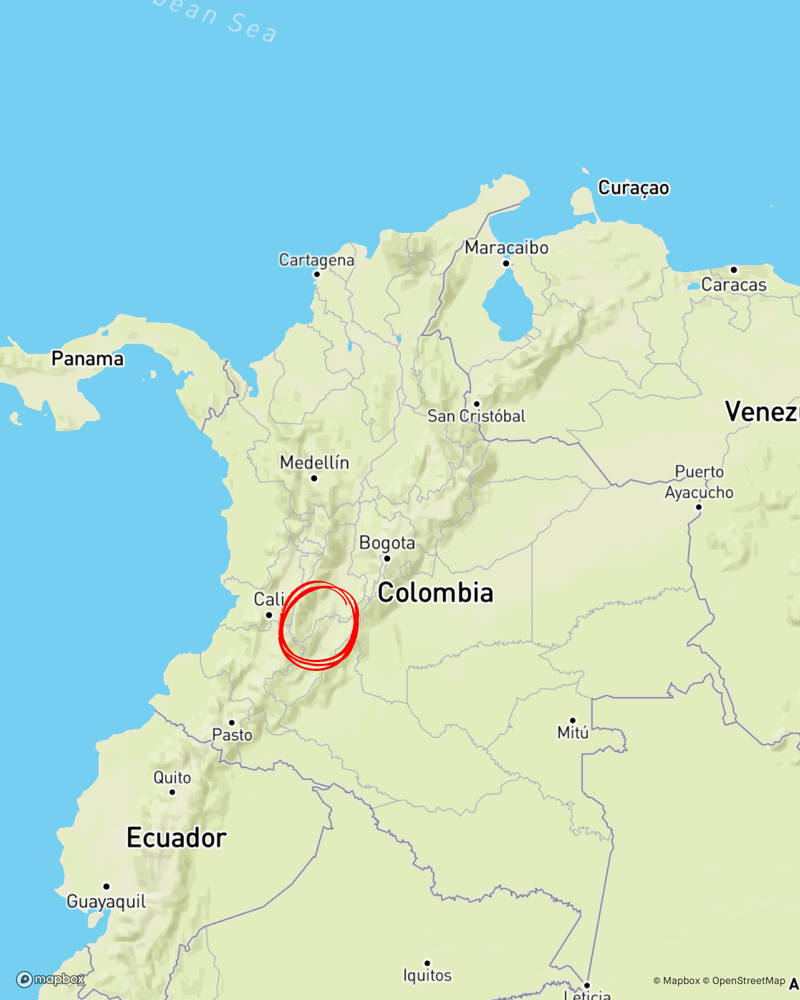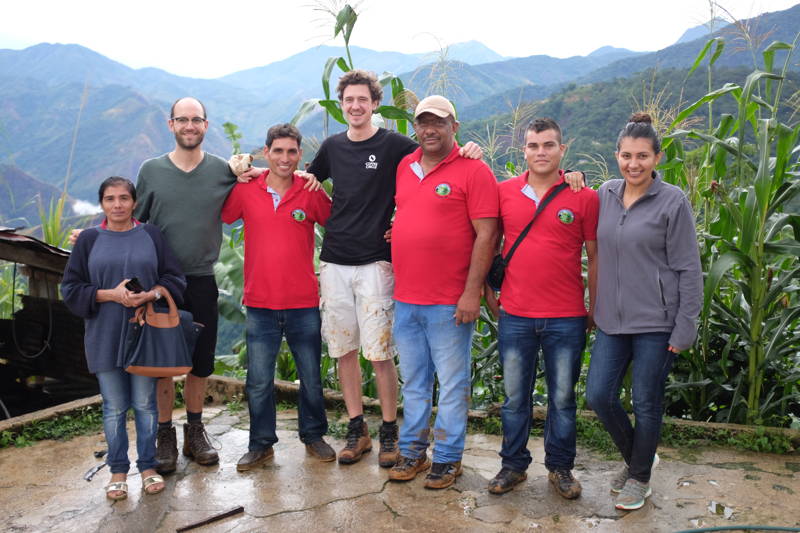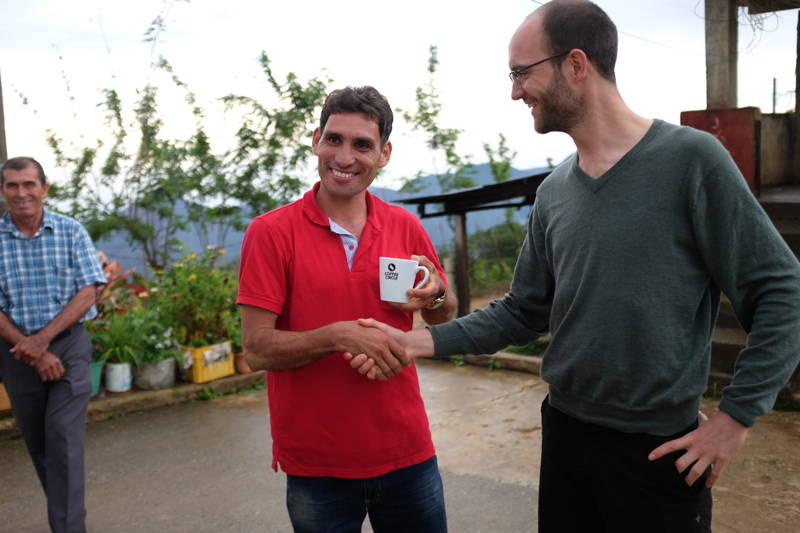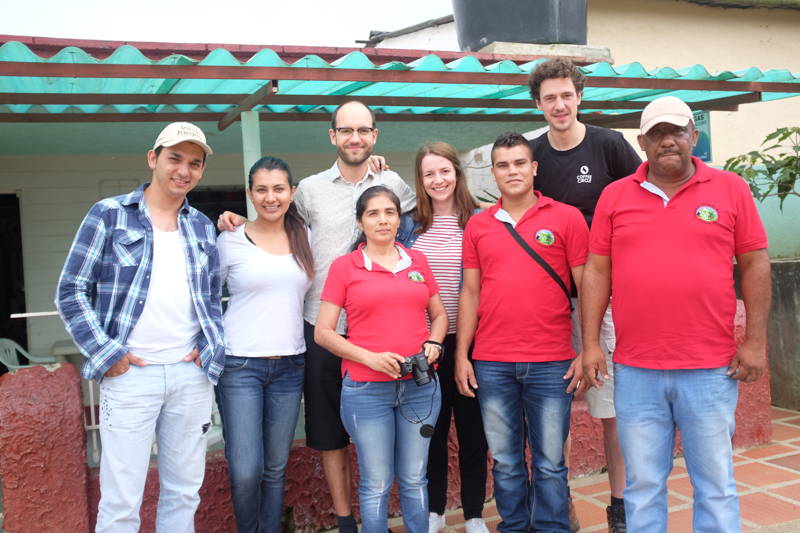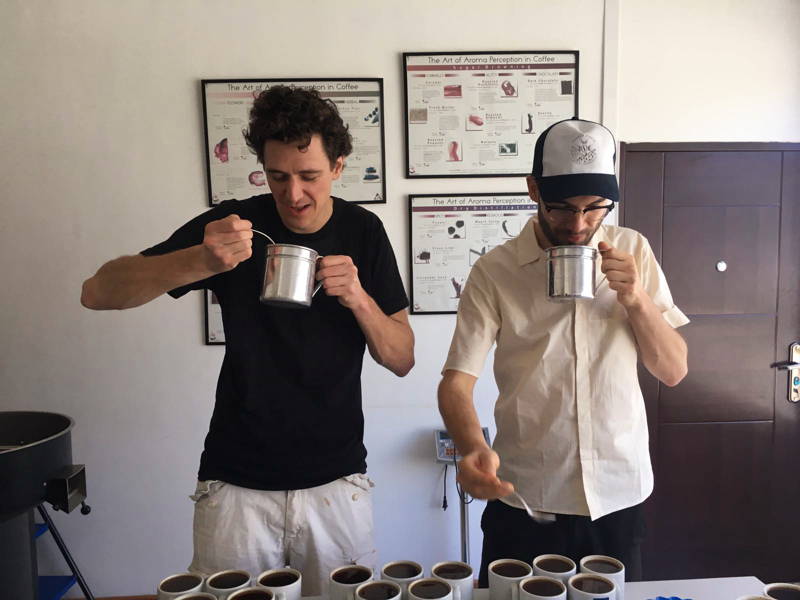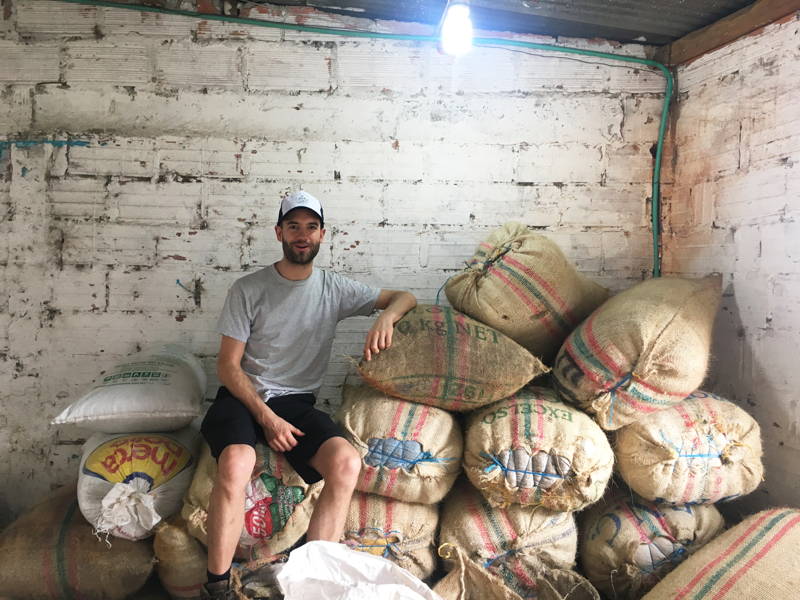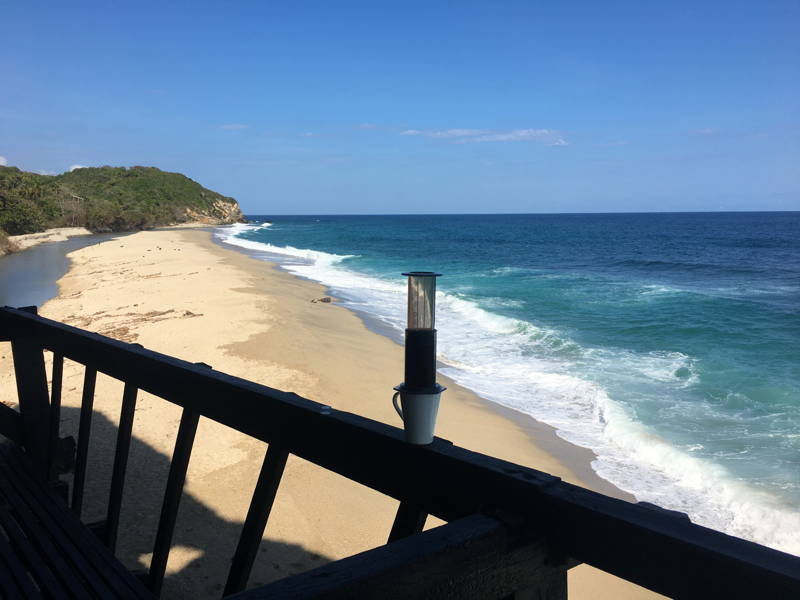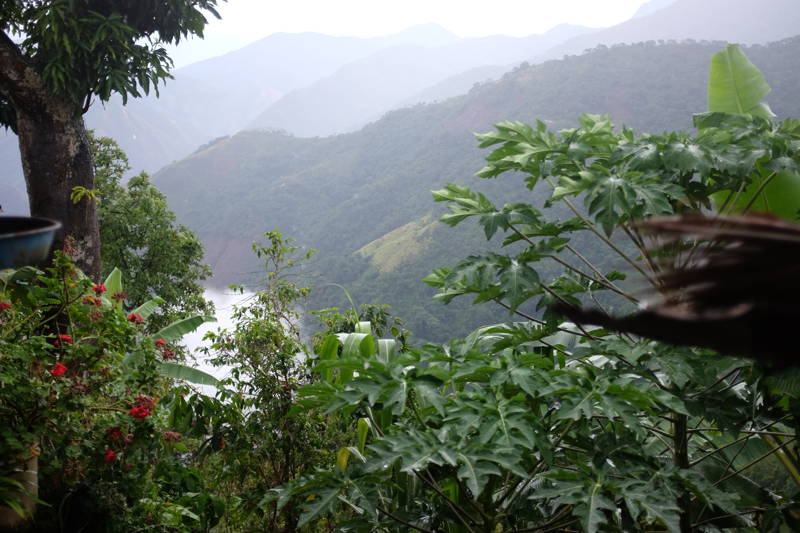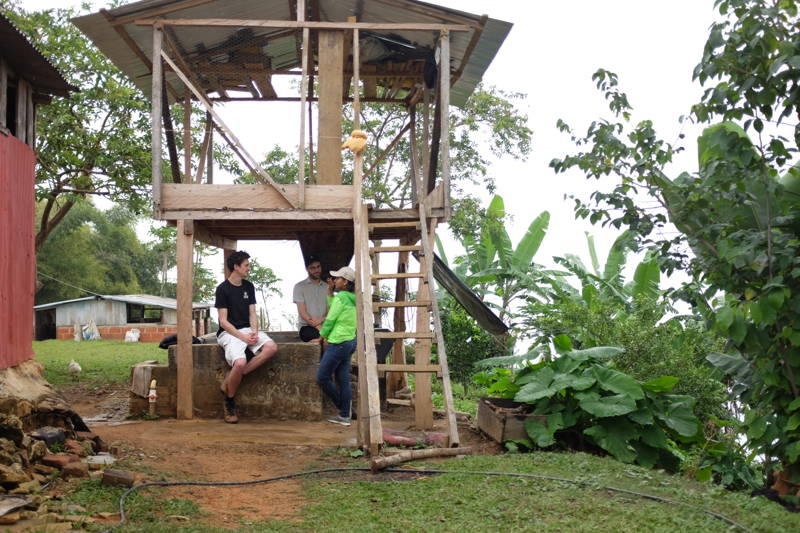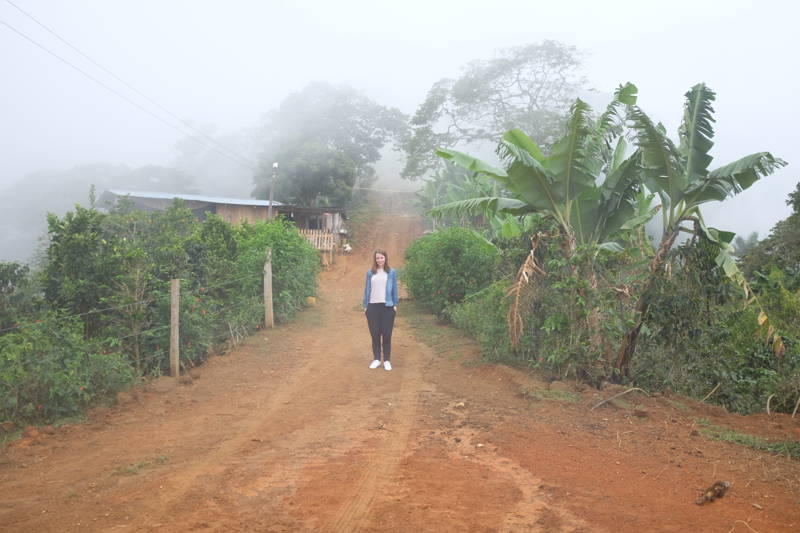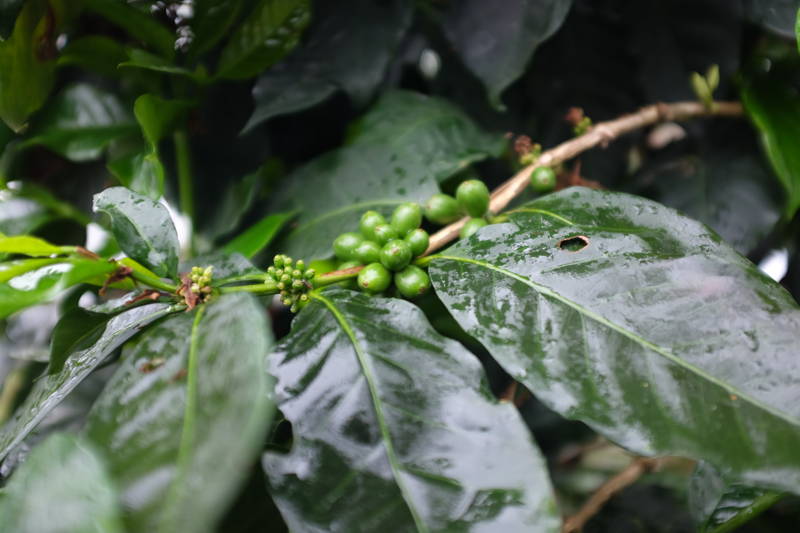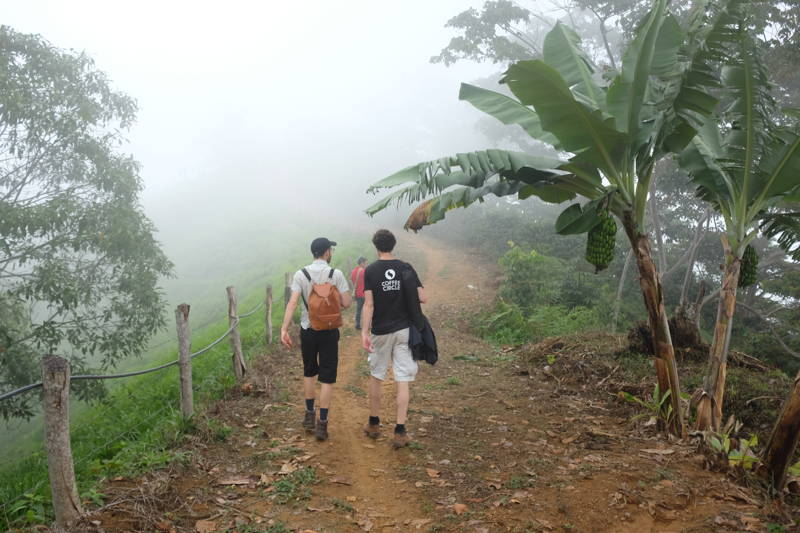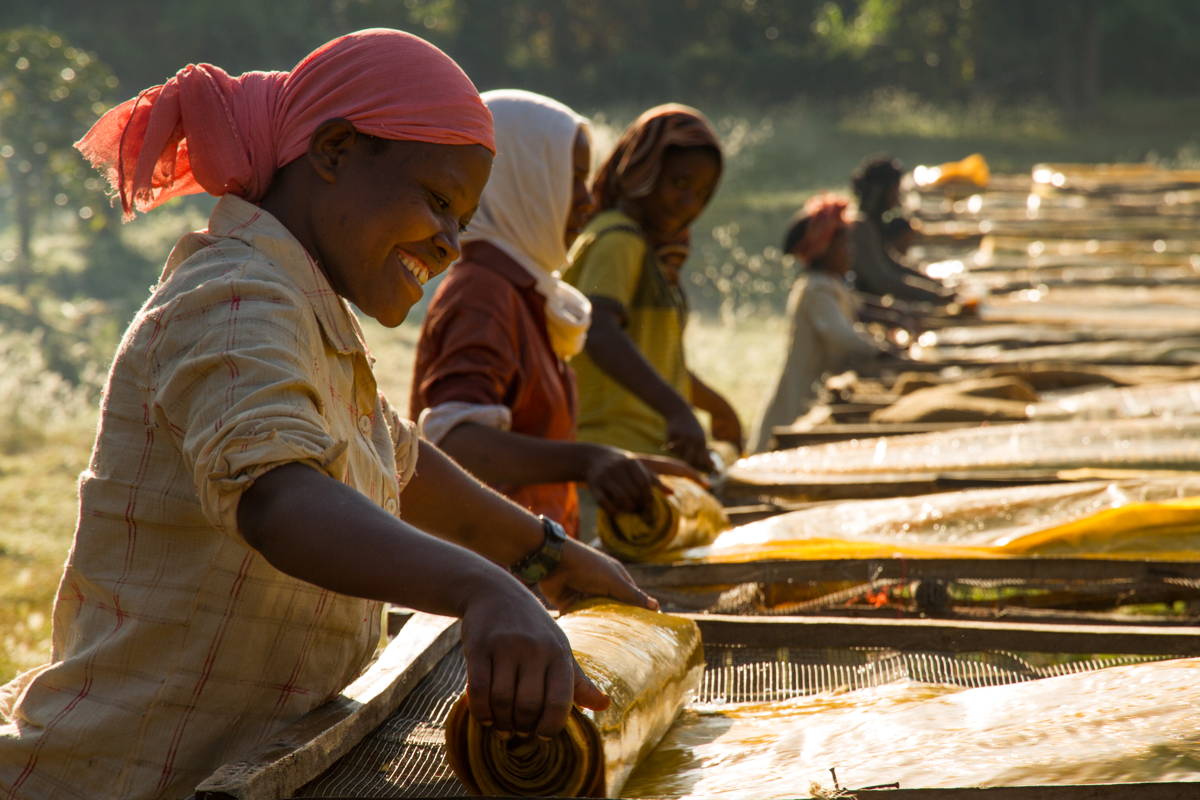The Cooperative Coocafe
- Slope: Asobombo, Tolima, Colombia
- Geo coordinates: 10° 54′ 19.2″ N 74° 02′ 49.3″ W
- Altitude: 1.000 to 1500 m
- Coffee farmer: 38
- Plant: Castillo, Caturra, Colombia, Típica (Arabica)
- Processing: washed
- Harvest time: October – February
The Sierra Nevada de Santa Marta region is known as a traditional coffee growing area
Sierra Nevada means snow-covered mountain ranges. The highest peaks, 5,775 m, are only 45 km from the Caribbean coast, which is why Sierra Nevada is considered the highest coastal mountain range in the world. Coffee is cultivated here at altitudes of 900 m – 1,600 m and is harvested once a year, from October to December. The coffees from the Sierra Nevada have beautiful nutty, caramel and chocolaty flavors. They are full-bodied, very balanced and pleasantly mild.
During our trip in April 2016 through Colombia we tasted and evaluated countless coffee samples. On a „Cupping Table“ we discovered our favorite coffee: The coffee from the Coocafe cooperative stood out for us because it tasted even more aromatic and balanced than most other coffees. To establish a direct commercial partnership with Coocafe, we visited the cooperative in the municipality of Ciénaga. Their name „Coocafe“ stands for „Cooperativa de Cafés Especiales Sierra Nevada“.
Coocafe was founded in 2008 and is an association of currently 38 farmers, 10 of whom are women. With Coocafe we strive for a long-term partnership. We are happy to contribute to the development and support the cooperative through our coffee purchases. All farmers of the cooperative grow their coffee plants purely organically and use only organic fertilizers. Our Sierra Nevada coffee is free of pesticides and additives.
Update October 2017: In Discussions with COOCAFE revealed that they lacked a room for quality control, but they did not have the financial means to set up the so-called Quality Lab. As a result, we guaranteed COOCAFE a „quality premium“ in addition to the purchase price for the last harvest, which was invested in setting up a Quality Lab. The lab is already in heavy use and allows the cooperative to carry out quality controls during the harvest, giving the farmers very quick feedback and tips.
